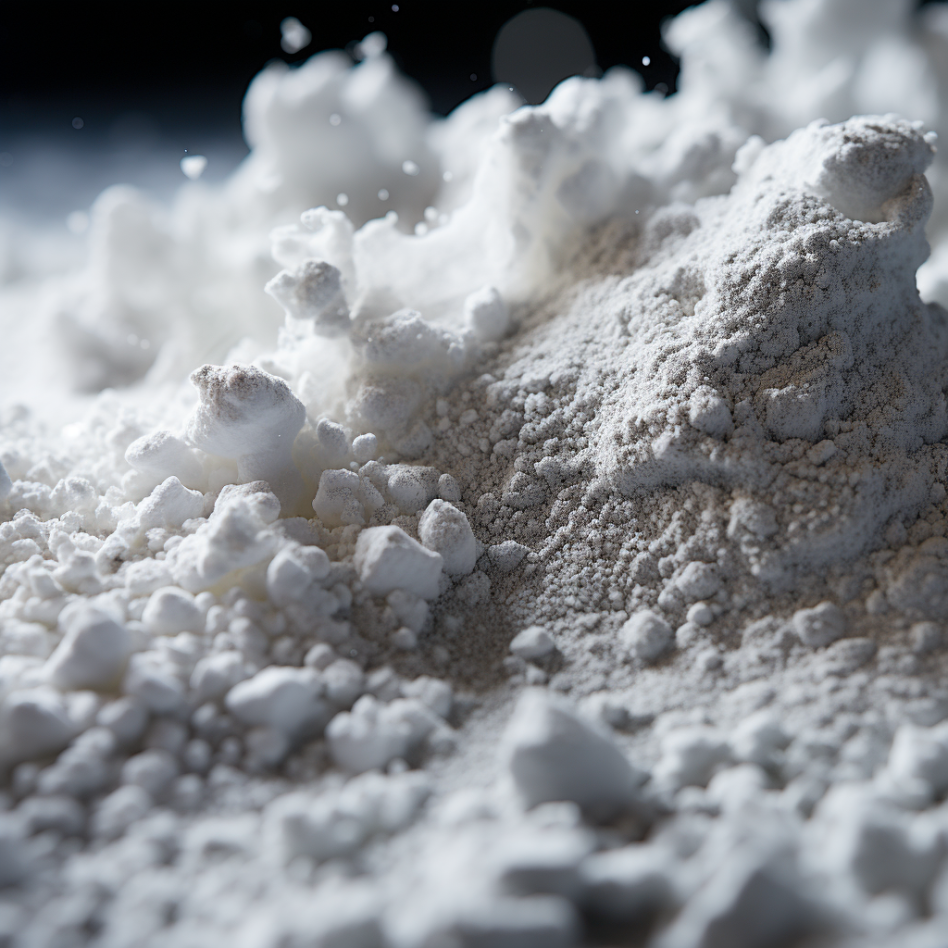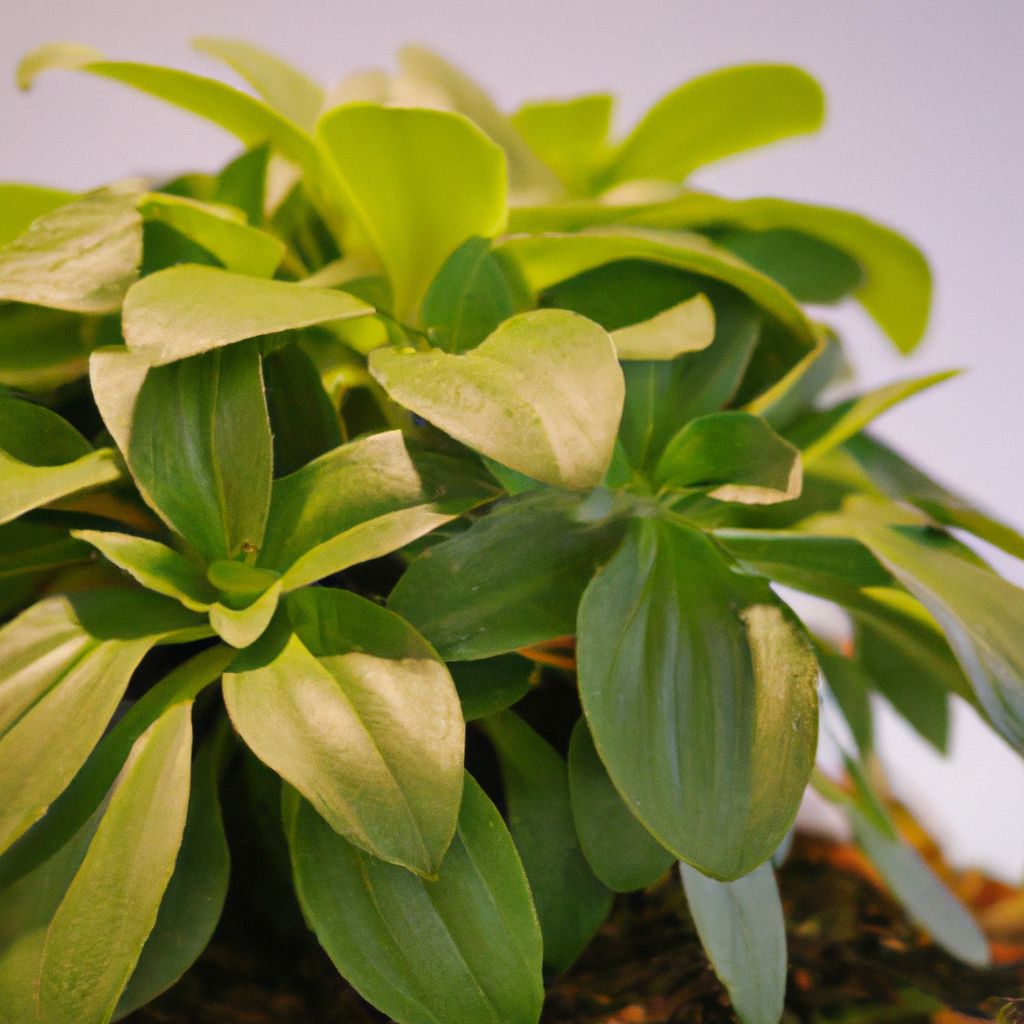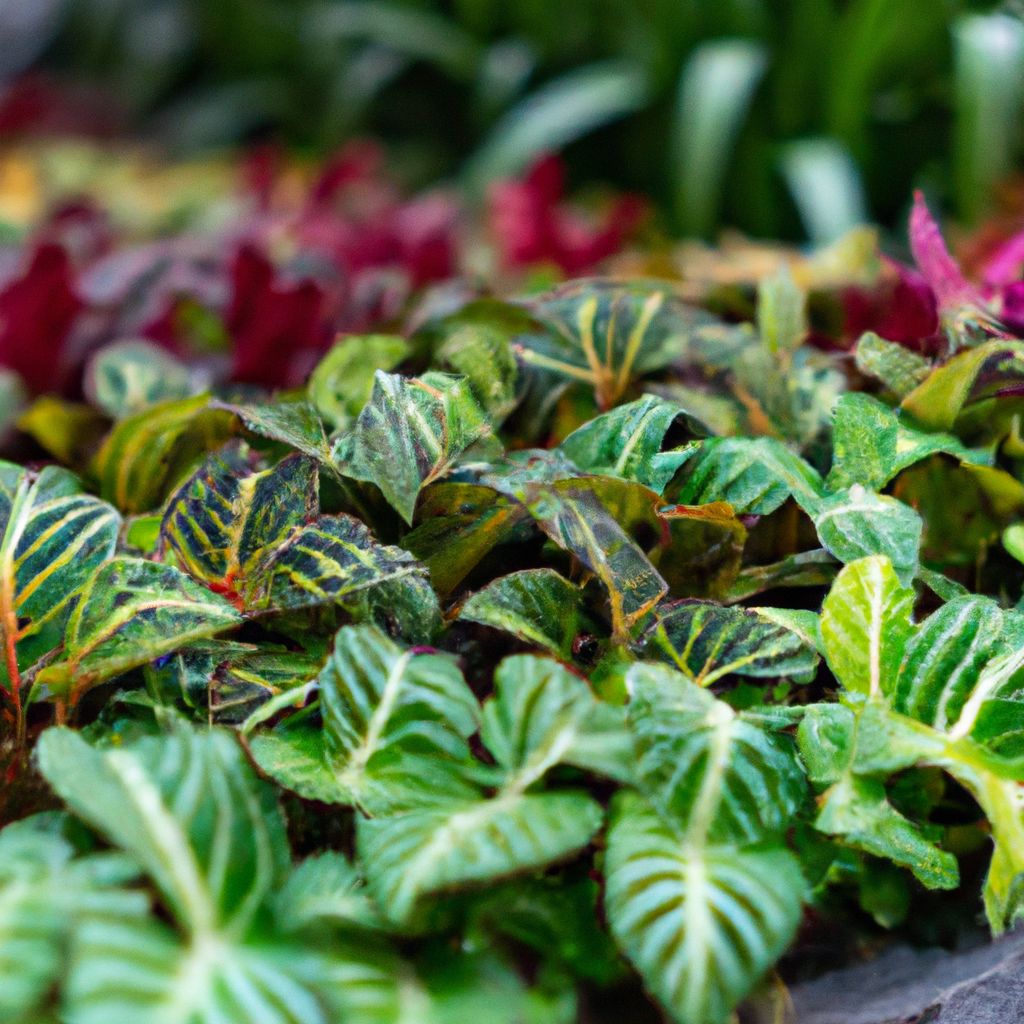Perlite is a lightweight volcanic glass that has been superheated into very small porous pellets. Using perlite for soil improves garden quality in several ways that are beneficial to plants.
Key Benefits of Perlite
Enhances Drainage
The porous nature of perlite creates air pockets in the soil that allow excess water to drain away more efficiently. This prevents waterlogged soil and reduces the risk of root rot.
Perlite improves drainage by creating pathways for water to flow through the soil. The small glass-like particles have tiny pores and holes throughout their structure. When mixed into soil, these particles help open up spaces between the existing soil particles. The result is a loose, well-aerated soil environment where water no longer gets trapped.
Plants with quality drainage can access water more readily while avoiding problems like:
- Suffocation of roots due to saturated soil
- Development of fungal diseases
- Stunted growth
While perlite itself does not contain any nutrients for plants, its ability to create free-draining soil enables roots to thrive and maximize uptake of nutrients and water.
Improves Aeration
Perlite provides better airflow to plant roots, facilitating oxygen uptake and preventing suffocation due to saturated soil conditions.
Proper aeration is vital for healthy root systems and overall plant growth. When soil becomes too compacted, it restricts air circulation to the roots. This can hamper nutrient absorption and potentially suffocate the plant. Perlite counteracts compaction by keeping soil loose.
The porous structure and lightweight texture of perlite particles create tiny air pockets between soil particles. This added space allows for free movement of air in the soil environment. Oxygen can readily reach the root zone, enabling better respiration and growth.
Improved soil aeration provided by perlite also has the following advantages:
- Promotes beneficial microbial activity in the soil
- Allows gaseous exchange between the soil and atmosphere
- Enhances root development and health
The small size and neutral pH of perlite particles make this amendment suitable for a wide variety of plants. It provides aeration without altering the basic nutrient balance of the soil.
Prevents Compaction
Perlite keeps soil loose and light, allowing plant roots to spread more easily without having to push through compacted soil.
When soil particles are tightly packed together over time, it makes it difficult for roots to expand and breathe. Compaction also limits drainage and makes it harder for plants to receive water and nutrients.
Adding perlite can restore a loose, crumbly texture to compacted soil. The lightweight particles mix into the soil without adding weight. Perlite creates spaces between soil particles for better air and water flow.
The prevention of compaction by perlite provides multiple benefits:
- Enables unimpeded root growth
- Allows roots to access a greater volume of soil
- Makes it easier to work with and dig in the soil
- Reduces erosion by improving soil structure
When using perlite to prevent compaction, it may be necessary to add fresh amounts every season or as indicated by reduced soil drainage.

Retains Moisture
While aiding drainage, perlite also retains moisture to provide a moist but not soggy environment for plant roots.
Although perlite improves drainage, its porosity allows it to hold moisture like a sponge. The tiny glass particles have an extremely high surface area relative to their volume. This enables each particle to cling to numerous water molecules.
When the surrounding soil starts to dry out, the retained moisture in the perlite is released slowly over time. This helps keep the soil evenly moist between watering or rainfall events.
By balancing drainage and moisture retention, perlite creates an optimal environment for plant roots. Other benefits include:
- Prevents soil from drying out too quickly
- Provides a buffer against drought conditions
- Reduces water stress for plants
- Lowers the need for frequent watering
The moisture retention capacity of perlite depends on the size of the particles. Smaller particles typically retain more moisture than larger ones.
Conserves Water
By enhancing drainage and moisture retention, perlite reduces excess watering needs, conserving water.
Gardeners often overwater plants to compensate for poor drainage and dry soil. Much of this excess water is wasted as it simply runs off compacted or dense soil. By incorporating perlite, less water is required to achieve moist but not saturated soil conditions.
The improved drainage minimizes puddling and enables good water distribution in the soil. Meanwhile, the moisture retention qualities ensure water is available between watering intervals.
This optimization of drainage and moisture control by perlite leads to reduced water usage. Home gardeners and commercial growers alike can benefit from perlite as a soil conditioner that conserves water.
Additional water conservation benefits include:
- Lower runoff and evaporation due to improved soil structure
- More efficient utilization of rainfall and irrigation water
- Healthier plants with reduced watering needs
- Potential to reduce water bills and irrigation costs
Using perlite for water conservation aligns well with sustainable gardening practices. It enables gardens to thrive with less water usage.
Insulates Soil
Perlite acts as a natural insulator, regulating soil temperature against extreme heat and cold.
The trapped air pockets created by perlite particles slow down heat transfer in the soil. This insulation helps buffer against dramatic temperature swings, both hot and cold.
In summer, perlite keeps soil cooler by blocking some of the sun’s heat. In winter, it prevents freezing by providing a warmer zone around plant roots.
By maintaining a more stable soil temperature, perlite insulation offers multiple advantages:
- Protects roots from heat and cold damage
- Allows plants to be grown outside their normal climate zone
- Extends the growing season into colder months
- Reduces thermal shock to plants
The insulation capacity of perlite is influenced by the size of particles, with smaller sizes providing greater insulation. It’s an excellent amendment for exposed gardens in very hot or very cold climates.

How to Use Perlite for Soil
Perlite can be incorporated into soil in various ways:
- Mix with potting soil when repotting plants
- Create custom soil blends by combining with compost or other amendments
- Top dress over existing soil in garden beds
- Use in hydroponic systems as a growing medium
Mixing with Potting Soil
When preparing pots for container plants, perlite can be easily mixed with potting soil to improve drainage and moisture retention.
A general recipe is to combine perlite and potting soil in a 1:4 ratio. However, the ratio can be adjusted based on factors like:
- Type of potting soil – Adjust ratio if soil is very dense
- Plant variety – Consider specific preferences for moisture
- Size of container – More perlite for smaller containers
- Climate conditions – Use more perlite in hot/dry areas
Thoroughly mix the perlite and potting soil together before filling pots and planting. This integrates the perlite evenly throughout the pot for consistent results.
Creating Custom Soil Blends
For in-ground gardens and raised beds, perlite can be blended with existing soil, compost, or other amendments to create custom mixes.
Tailor the recipe based on factors like soil drainage needs, plant types being grown, and current soil composition. Some examples of perlite soil blends:
- 1 part perlite, 1 part compost, 1 part peat or coir
- 1 part perlite, 2 parts garden soil, 1 part sand
- 1 part perlite, 1 part vermiculite, 2 parts raised bed soil
When preparing perlite blends, thoroughly mix components in a wheelbarrow or soil bin before transferring to the garden. Re-blend and add fresh perlite yearly or as needed.
Top Dressing Existing Soil
Applying perlite as a top dressing is a low-effort way to gain some of its benefits without fully mixing it into existing soil or beds.
To top dress, follow these tips:
- Spread perlite in a 1⁄4 to 1⁄2 inch layer over soil surface
- Use a rake to gently work into the top 1-2 inches of soil
- Water area lightly to settle perlite and integrate into soil
- Reapply every 1-2 months through growing season
Top dressing works well for amending native in-ground soil or enhancing commercial potting mixes over time. It provides periodic soil improvement with minimal effort.
Using in Hydroponics
Perlite has become a common growing medium in hydroponic gardening systems.
The porous particles provide excellent drainage and oxygenation when used on their own or combined with other media like:
- Coco coir
- Rockwool
- Expanded clay pellets
- Vermiculite
Pre-rinse perlite thoroughly before using in hydroponics to remove any dust. Then filling net pots or trays and plant as normal. Perlite’s neutral pH makes it suitable for all types of hydroponic growing methods.
Considerations for Using Perlite
When using perlite, keep these tips in mind:
- Select the right perlite grade based on plant needs
- Adjust application rate based on factors like soil type and container size
- Reapply every season or as needed to maintain effects
- Take safety precautions like wearing a mask to avoid inhaling dust
Choosing the Right Perlite Grade
Perlite is available in a range of particle sizes from very fine grades to coarse grades. The right grade depends on how you plan to use it.
| Grade | Description | Best Suited For |
|---|---|---|
| Ultra Fine | Particles up to 1 mm | Seed starting mixes, hydroponic growing |
| Fine | Particles 1 to 2 mm | Houseplants, container gardens |
| Medium | Particles 2 to 4 mm | Flower and vegetable gardens |
| Coarse | Particles 4 to 10 mm | Soil amendment, drainage aid |
For general soil improvement, a medium grade provides a versatile balance of moisture retention and drainage enhancement.
Application Rate
How much perlite to use depends on the purpose and situation. Recommended application rates:
- 10-20% by volume when mixing into potting soil
- Up to 50% by volume for cacti/succulent mixes
- 5-10% by volume when amending garden beds
- 1⁄4 to 1⁄2 inch layer when top dressing
Start on the lower end of the range and monitor results. Increase perlite amount if more drainage or aeration improvement is needed.
Reapplication Over Time
While perlite does not really degrade, it can become depleted over a growing season or year. Reapplication keeps the soil improvement going.
General reapplication guidelines:
- Annually for permanent beds and gardens
- Every 6 months for containers
- Every 1-2 months when top dressing
- As indicated by reduced drainage/aeration
Set reminders to reapply perlite regularly for continuous soil enhancement season after season.

Safety Considerations
When handling perlite, it’s smart to take some basic safety precautions. While perlite is non-toxic, the dust can be an irritant if inhaled. Recommendations include:
- Wear a dust mask or respirator
- Use eye protection
- Avoid breathing in perlite dust
- Wet down to suppress dust before mixing
- Wash hands after use
With prudent handling, perlite poses very little health or environmental risk and can be used safely in gardens.
The Versatile Soil Amendment
With its many benefits for improving soil structure and plant health, perlite is a versatile and eco-friendly amendment for gardens and potted plants alike.
This volcanic mineral provides the ideal balance of drainage and moisture retention to optimize growing conditions for plant roots. It aerates soil, insulates against temperature extremes, and conserves water all at the same time.
While perlite has been used for decades in commercial horticulture, it is also readily available for home gardeners seeking an affordable way to amend their soils. It can be mixed into any soil or container blend to achieve results. With just a bit of care when handling, perlite is completely safe for organic gardening.
If your garden soils are compacted or waterlogged, give perlite a try. It just may be the simple solution you need to unlock healthier, more vigorous plants this season.















































